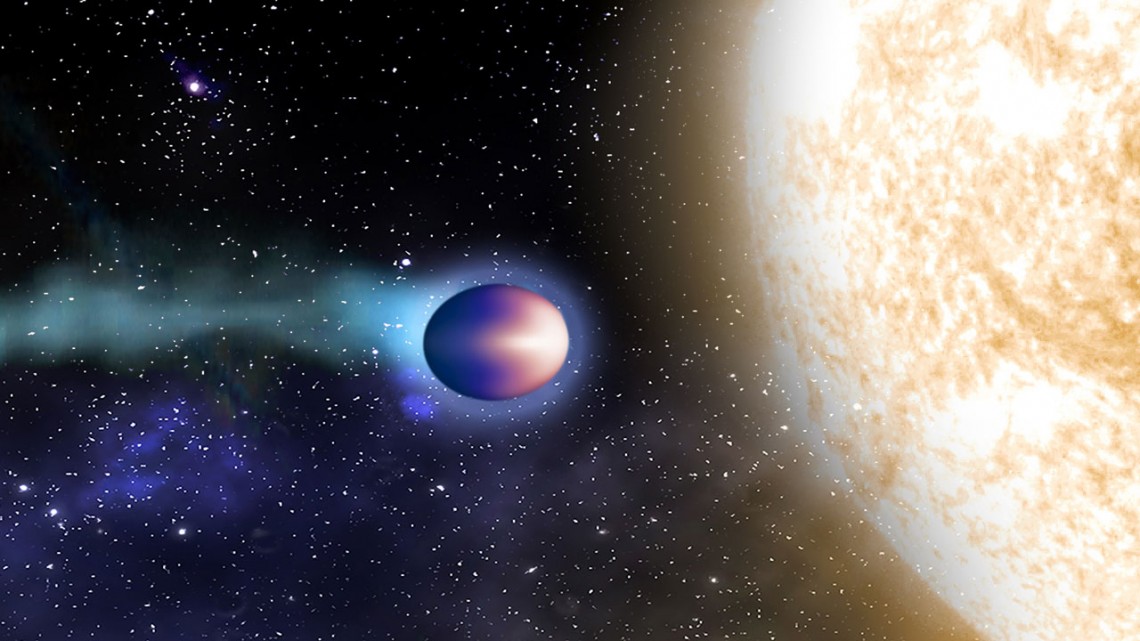
The search for exoplanets—planets that orbit stars located beyond the borders of our solar system—is a hot topic in astrophysics. Of the various types of exoplanets, one is hot in the literal sense: hot Jupiters, a class of exoplanets that are physically similar to the gas giant planet Jupiter from our own neighborhood.
Unlike “our” Jupiter, hot Jupiters orbit very close to their stars, complete a full orbit in just a few days or even hours, and—as their name suggests—have extremely high surface temperatures. They hold great fascination for the astrophysics community...
Read More









Recent Comments